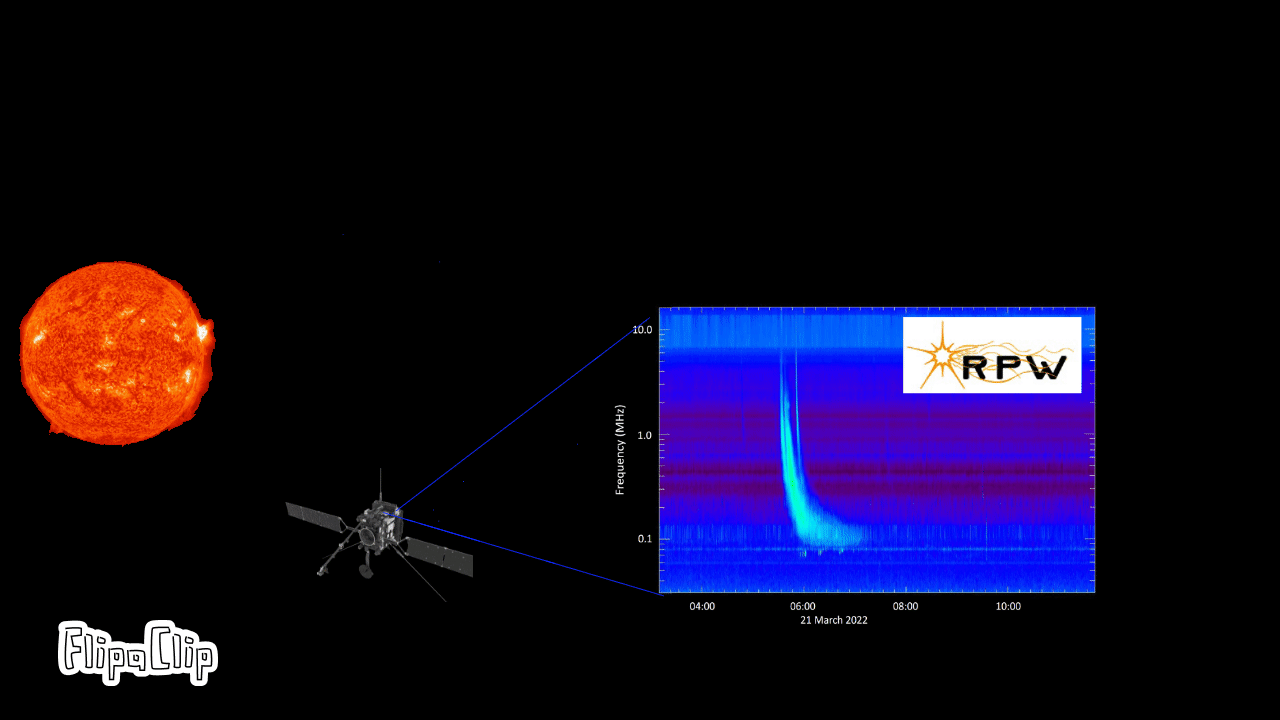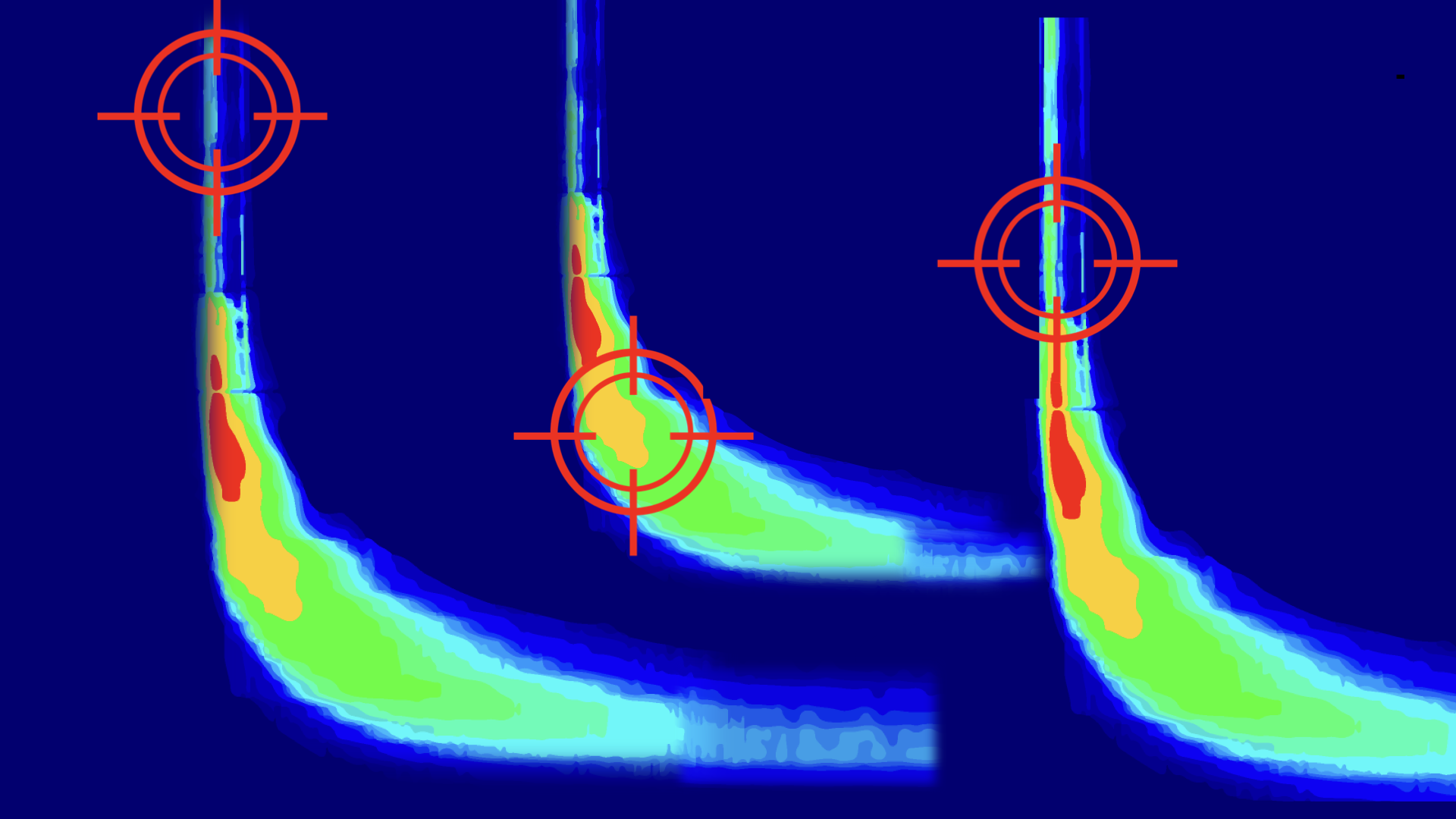Hockey sticks in astrophysicists’ data...
But what are these strange structures in the astrophysicists’ data ? Have we detected an extraterrestrial signal ? But no ! They are type III solar radio bursts !
Several times a day, the Sun expels large quantities of energetic particles, mainly electrons, at high speed during solar flares. As they travel through space, these electrons interact with the interplanetary medium, exciting the particles that make it up as they pass. As they de-excite, these particles emit specific radio waves : type III solar radio bursts, characterised by this hockey stick shape on the measurements acquired by scientists (see Video 1).
These events become increasingly frequent and intense as solar activity increases, following a cycle of around 11 years. This cycle will reach its peak this year, in 2025, before gradually falling back towards quieter activity. The spectacular auroras seen on Earth in recent months are evidence of this intensification.
The study of these radio emissions is essential for a better understanding of the evolution of solar eruptions throughout our star’s activity cycle. It paves the way for major advances in solar physics by also providing answers to fundamental questions about the solar wind, the continuous flow of particles ejected by the Sun : how is it formed ? What mechanisms accelerate it to speeds of several hundred kilometres per second ? And what impact does it have on our planet ?
Radio and Plasma Waves (RPW) : the radio wave hunter

Since its launch in 2020, ESA’s Solar Orbiter probe has been measuring the spectra of solar bursts, i.e. their intensity as a function of time and frequency in the radio domain. These observations are made using the Radio and Plasma Waves (RPW) instrument, operated by the Laboratoire d’Instrumentation et de Recherche en Astrophysique (LIRA) at Paris Observatory-PSL.
In order to create the largest catalogue of type III solar radio bursts observed from space, the five years of RPW data have been broken down into six-hour segments, generating 15,000 spectra for analysis.
"Scientists have developed algorithms to automatically detect these bursts from space, but these often struggle to identify weaker or more complex signals", explains Katerina Pesini, who is in charge of the project as part of her PhD at Radboud University and Observatoire de Paris-PSL, working with the team in charge of RPW. "Some bursts are faint, distorted or blurred, which is why we still need the human eye today !"
The result is Solar Radio Burst Tracker, a participatory science project hosted on the Zooniverse platform.
The project gives members of the public the chance to become involved in science by becoming solar burst trackers. Participants will analyse the radio spectra captured by the RPW instrument in order to identify type III bursts.
Your mission, if you accept it

It’s as simple as that : inspect the graphs and identify as many visible radio bursts as possible ! Katerina and her team have prepared detailed instructions on Zooniverse to guide you step by step.
To ensure the reliability of the results, each spectrum will be examined by eight different people.
"In addition to its scientific importance, this catalogue will also be used to train artificial intelligence algorithms to detect these bursts automatically in the future," adds Katerina Pesini.
Link to take part in the project : Zoonivers Solar Radio Burst Tracker
Observatoire de Paris-PSL Contacts
Katerina Pesini ; Xavier Bonnin ; Milan Maksimovic ; Antonio Vecchio


